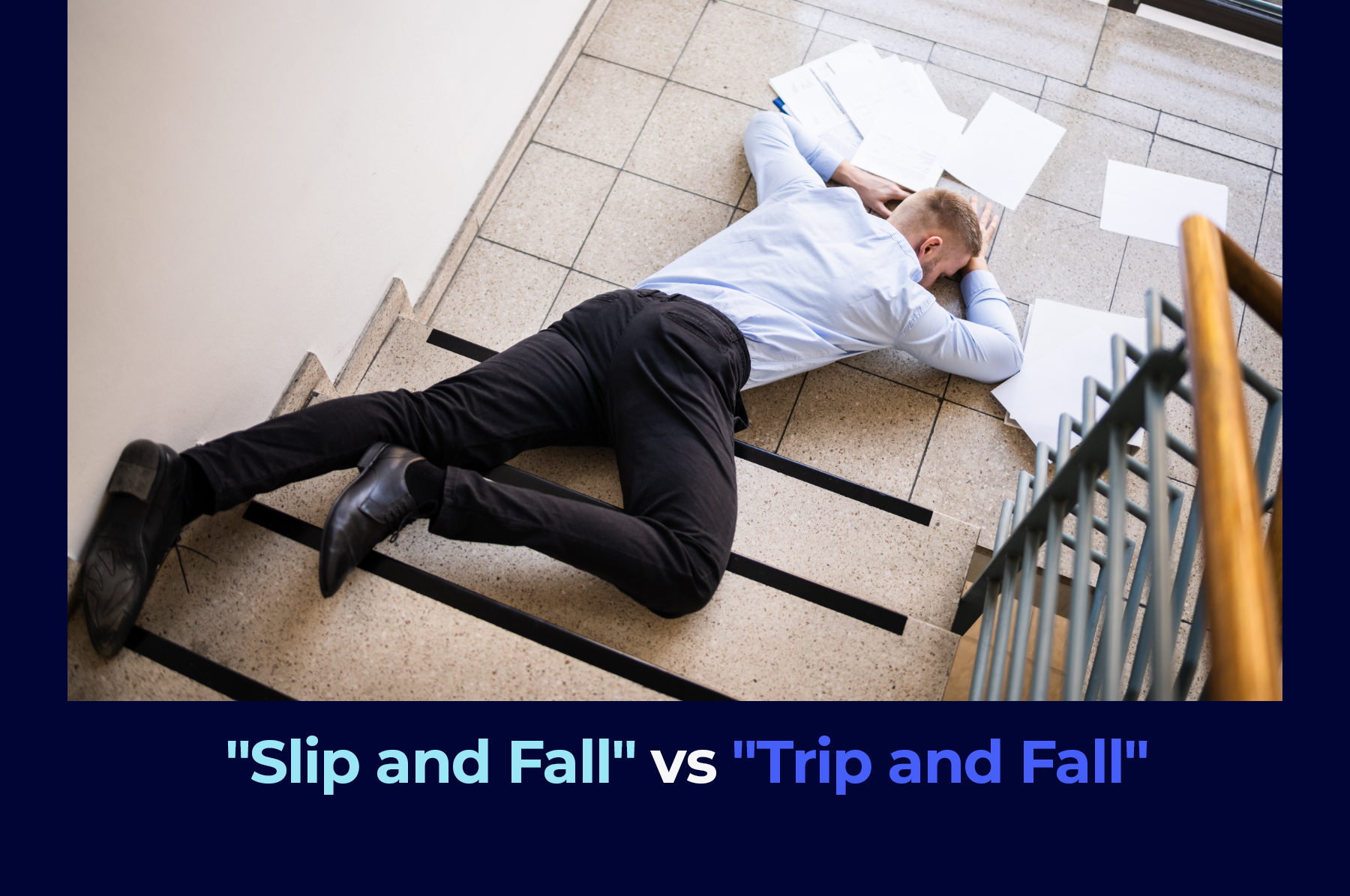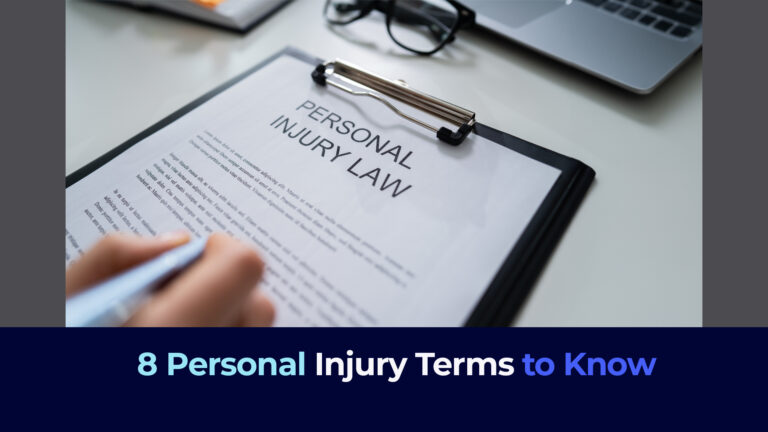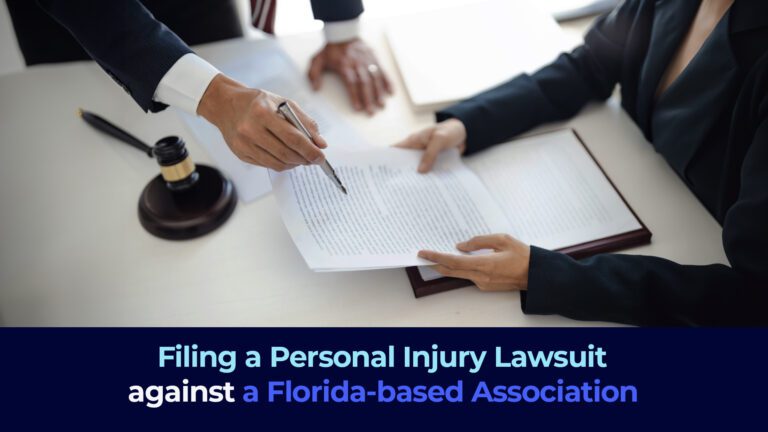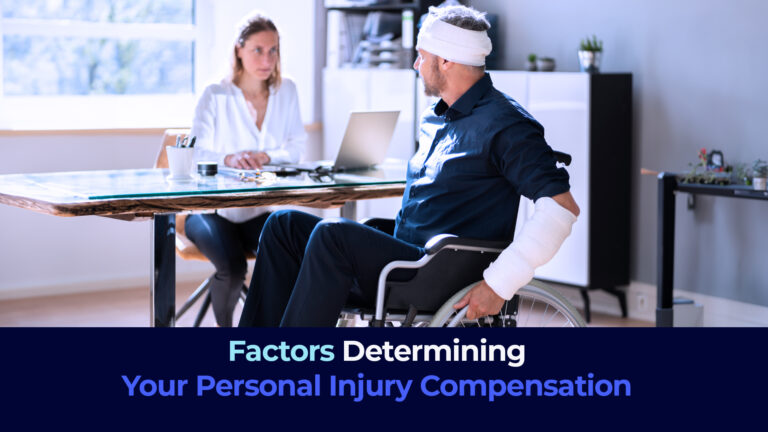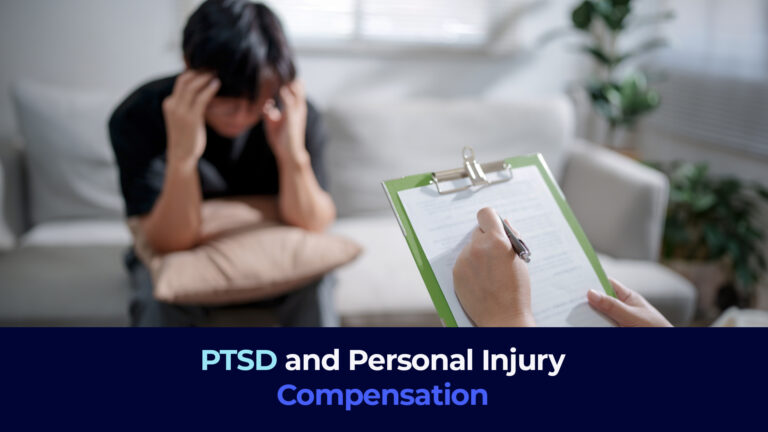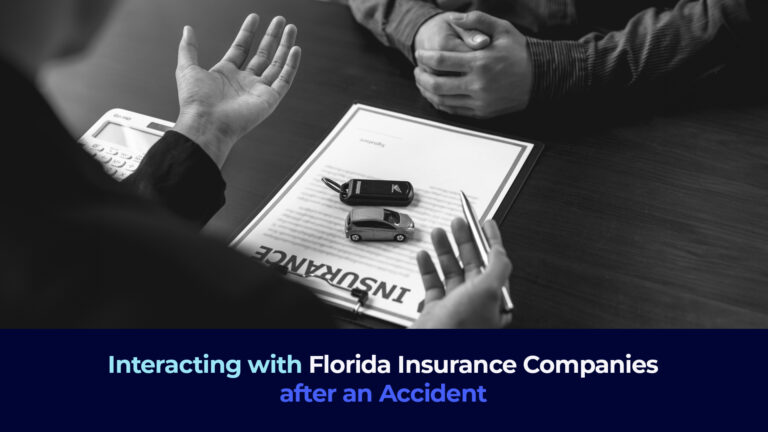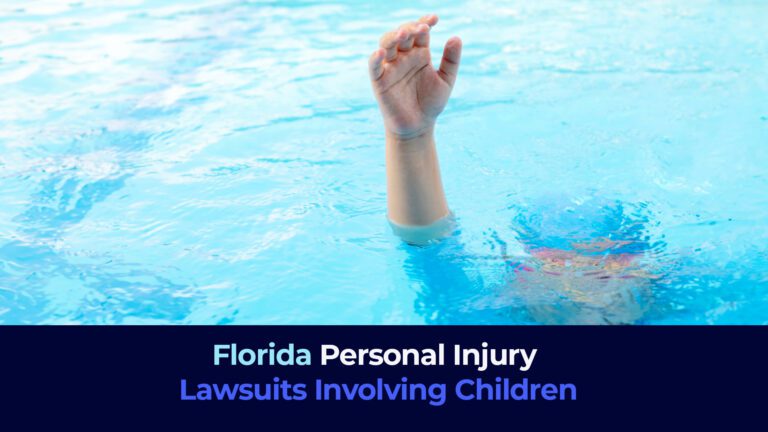“Slip and Fall” vs “Trip and Fall”
If a slip and fall or trip and fall accident results in an injury and if it happens on property owned and maintained by someone else, then the accident victim may have grounds for a lawsuit against the property owner or maintenance company. However, the details of these cases make them complex and far from clear-cut. Even the nature and legal implications of tripping versus slipping are so different that lawyers, courts and insurance companies view them as two distinct types of cases.
Here are five key ways in which slip and fall cases differ from trip and fall cases. Note that this is simply a review of the general aspects of slip and fall and trip and fall cases. Should you suffer an injury in cases in which you fall on the property of others, be sure to call 911 and call a competent personal injury lawyer to defend your rights.
1. The Injuries
The physics of falls caused by either slipping or tripping are very different. When a person “slips” their feet lose grip on a surface causing the person to lose balance and potentially fall. The most common cause of slipping is treading on some amount of liquid (eg: a puddle of water, a small oil spill or a squashed fruit) or perhaps numerous small round objects (eg: beads or ball bearings). When a slip and fall happens, the person’s feet tend to slip forward and upwards leaving the body in a relatively horizontal position, facing upwards and with its back to the floor. Therefore, injuries tend to come from impact between the floor and the person’s back (vertebrae disks), back of the head, neck, elbows, wrists and forearms (from attempts to break the fall), hips and in rarer cases ankles.
When someone “trips”, a fixed or heavy obstruction in front of them in their direction of travel and usually out of their line of sight catches the front of their feet (toes) and causes them to page 1 of 4 lose balance and potentially fall. In the vast majority of cases, the person tripping falls forward. In trip and fall accidents, the injuries are often to the front of the body, including toes, forehead, face, knees, palms of hands, wrists and forearms from attempts to break the fall.
2. The Evidence
Proving evidence for a slip and fall case can be much harder than for a trip in fall case. The absence of a physical object may make it more likely that victims in slip and fall cases cannot prove that they walked into a substance or surface that was frictionless enough to cause a fall. Also, since substances may quickly evaporate or be mopped up by staff it is important to get the contact details of witnesses and take photos that prove the substance was there at the time of the fall. This aspect can make bringing a slip-and-fall case a potentially more difficult challenge.
In trip and fall cases, the evidence may be easier to provide to your attorney and to present in a litigation. If you are the injured party in a trip and fall case, take note of what you tripped over, what time the accident happened and obtain the contact details of any witnesses who may have seen the accident. Photograph the object you tripped over and document your injuries. The presence of an identifiable object, which might range from an uneven sidewalk to a box of merchandise, makes it easier to build a case. Be sure to take pictures with time stamps of staff removing or repairing the object if it happens in your presence. This could be useful in making the case that your accident occurred before the hazard was removed.
3. The Liability
In both slip and fall and trip and fall cases, the property owner has a duty to take reasonable measures to protect all guests on the property from harm. This includes posting signage to identify hazards or roping off potentially dangerous areas. In practice this means placing “slippery when wet” signs or using caution tape around areas while they are being mopped.
In preventing, trip and fall cases, it means keeping walkways clear of obstacles and making sure that issues like uneven sidewalks are highlighted with caution signs or cones and quickly repaired to avoid accidents.
In some cases, slip and fall accidents are difficult to prove liability due to the “reasonable” requirement in the duty of the property owner. For example, it may not be deemed reasonable for a premises owner or property management company to dry a wet courtyard on a rainy day. Likewise, it may not be considered reasonable that the company post a “slippery when wet” sign in their entrance area whenever it drizzles outside. In cases where an accident occurs, it is also likely that a judge or jury may consider a slip and fall accident to be considered partially the fault of the injured party. This could be that there was a reasonable expectation that the floor would be slippery and, knowing that information, the injured party should have chosen appropriate different footwear. This is far less likely in the case of a trip and fall accident where liability is more likely to be clear-cut (eg: a box of merchandise or tool kit was left in the store area and someone tripped over it).
4. The Legal Tactics
The injuries, evidence and potential liability issues can be so different between slip and fall and trip and fall that hiring an experienced personal injury attorney is essential. An experienced attorney will know
● When and how to negotiate and settle with insurance companies
● What evidence needs to be presented to make your case
● How much a slip and fall or trip and fall case can potentially be worth
Knowing the right legal tactics and strategies makes a difference. Injured parties who hire personal injury lawyers are statistically more likely to win their case and receive more compensation for their injuries.
“ …the nature and legal implications of [trip and fall versus slip and fall cases] are so different that lawyers, courts and insurance companies view them as two distinct types of cases.”
5. The Financial Compensation
In Florida, people injured in slip and fall accidents can receive compensation that is significantly less than a trip and fall case with similar characteristics. This is because of the way Florida’s “comparative negligence rule” is more often applied in slip-and-fall cases.
Using this rule, a Florida jury can determine that an injured person either should have worn better shoes, should have avoided a certain area on the premises or should simply have treaded more carefully. Should the jury decide that this is the case, the fault of the accident could be split between the injured party and the property owner or maintenance company. In such cases, the defendant will be asked to pay the victim an award that matches their percentage of the fault.
Personal injury matters are complex, contentious cases involving insurance companies with sophisticated legal practices. Do not attempt to represent yourself if you have been involved in a trip and fall or slip and fall case. Instead, call the law offices of South Florida Law, PLLC on (954) 900-8885 and be represented by an experienced and competent personal injury attorney.
South Florida Law
The personal injury division at South Florida Law, consists of experienced civil litigation attorneys who are dedicated to aggressively representing those who are injured due to the negligence of others. Our attorneys advocate for accident victims against insurance companies that refuse to pay fair and just compensation for the injuries caused by their insureds.
South Florida understands the insurance companies’ tactics and has the experience to counter them. This background allows South Florida Law to fight smart against the insurance companies and their lawyers. If necessary, we are prepared to meet insurance companies in court.
If you have been in an accident and are looking for a personal injury attorney, then reach out to us today for a free case evaluation. Remember, you only need to pay if you win your case! You can reach us on (954) 900-8885 or via our contact form.

